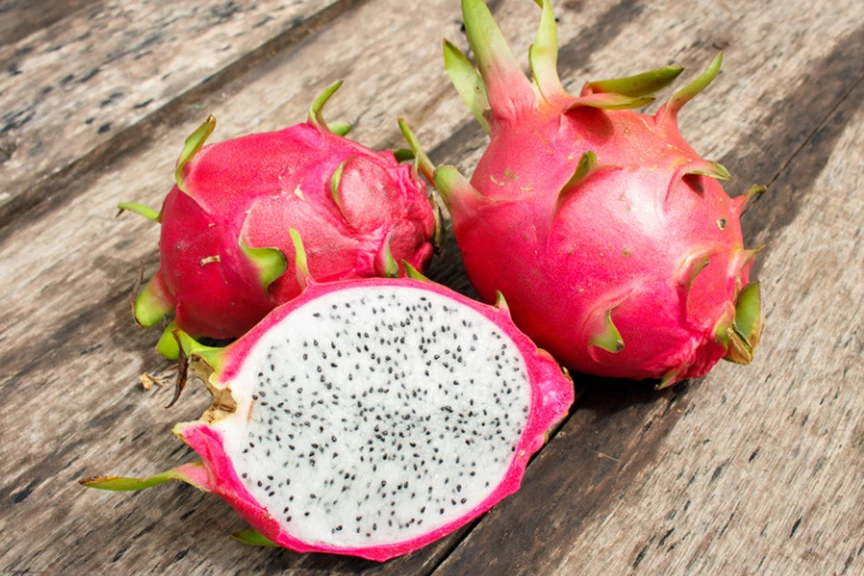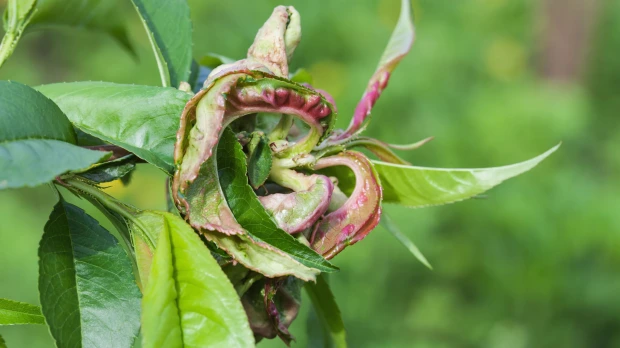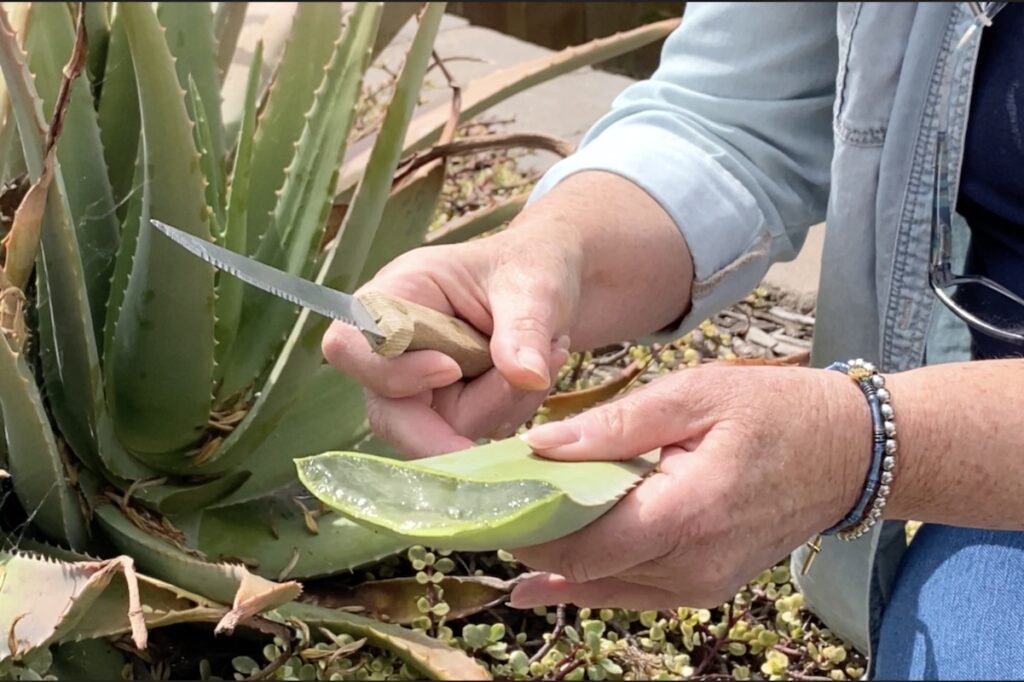If you want a better grape harvest, growing some plants alongside your grapevines can help. Companion planting can control pests, make soil healthier, and add variety to your garden.
Here are 12 great plants to grow with grapes:
Table of Contents
1. Lavender
Lavender can keep away moths and beetles and also brings in bees for pollination.
2. Nasturtiums
Nasturtiums are known to fend off aphids, whiteflies, and cucumber beetles and boost soil by adding nitrogen.
3. Garlic
Garlic acts as a barrier against Japanese beetles and spider mites while also enriching the soil with sulfur and other nutrients.
4. Marigolds
Marigolds deter nematodes, whiteflies, and aphids, while attracting ladybugs and lacewings, which are natural pest controllers.
5. Chamomile
Chamomile repels ants, beetles, and flies, and also brings in helpful hoverflies and tachinid flies.
6. Dill
Dill can keep aphids, spider mites, and cabbage loopers at bay while attracting wasps and hoverflies that prey on garden pests.
7. Chives
Chives help repel aphids and Japanese beetles and fascinate bees and hoverflies, aiding in pollination and pest control.
8. Borage
Borage keeps away tomato hornworms and cabbage worms and is great at bringing in bees and predatory wasps.
9. Rosemary
Rosemary deters mosquitoes and flies while also attracting bees and predatory wasps.
10. Sage
Sage repels cabbage loopers and carrot flies, and just like other herbs, it attracts bees and predatory wasps for pest control.
11. Thyme
Thyme keeps whiteflies and cabbage loopers at bay while pulling in bees and predatory wasps to manage pests.
12. Yarrow
Yarrow repels aphids and spider mites and attracts good bugs like ladybugs and lacewings for natural pest control.
In Summary
Adding the right companion plants to your vineyard can really help your grapes thrive. These plants can help prevent diseases and pests, leading to a better crop. Plus, they can bring in pollinators and improve the soil.
Try pairing your grapevines with some of these companions to make your grape-growing experience even better. They can work together to create a healthier, more stable garden environment.

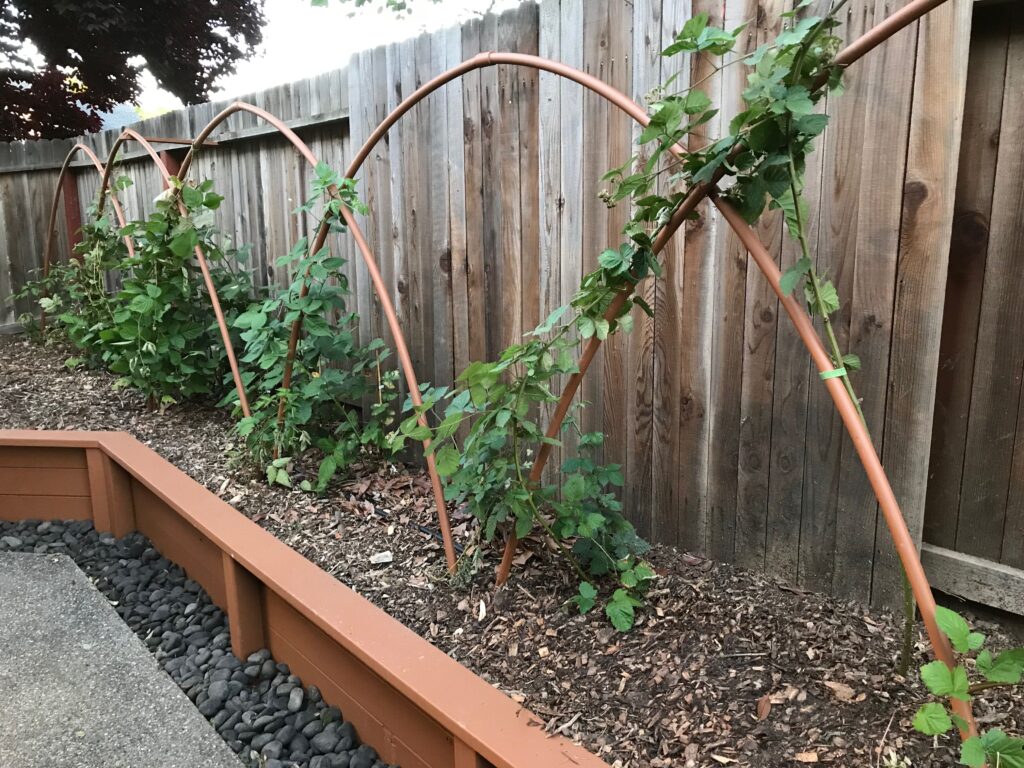

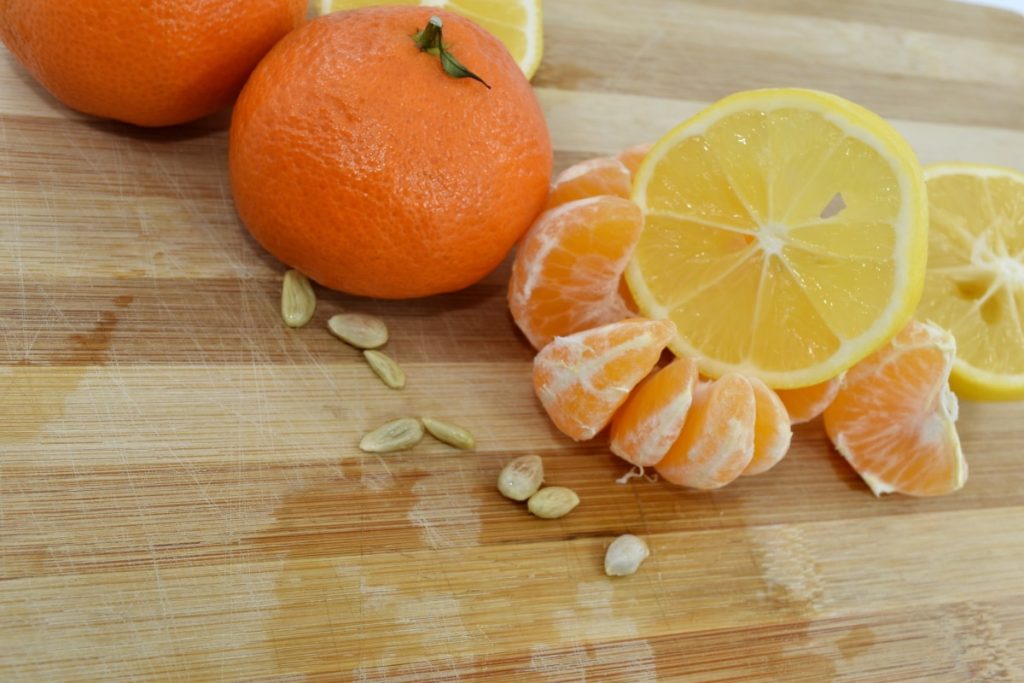

![How Long Does An Apple Tree Take To Bear Fruit? [ANSWERED]](https://fruitonix.com/wp-content/uploads/2023/06/Screenshot-2023-06-02-12.52.12-AM.png)
